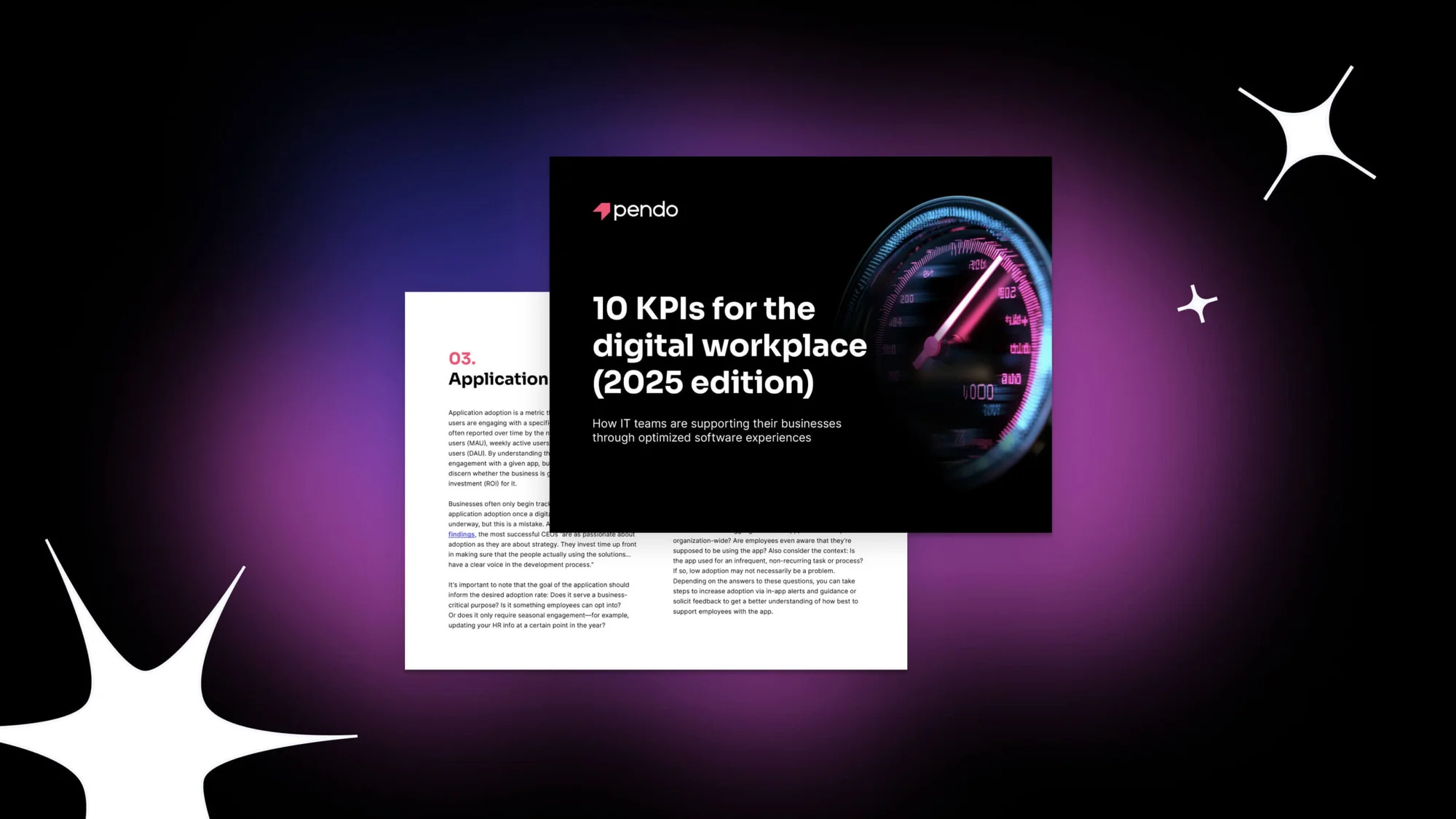In order for your product and its latest features to be successful, you need to promote them. And this promotion usually starts with some sort of launch.
Like many things in product management, launches have evolved in the last several years. Instead of releasing products every six months, the rise of Agile methodologies and continuous delivery practices has enabled research and development (R&D) teams to shorten their software delivery cycles. They now release new functionality every few weeks, with small product changes even happening daily.
This means launches are more frequent, and vary in size. So, product managers (and their partners in product marketing) must scale launches to the size of what they’re releasing. Is it a small update to a feature that only a subset of your user base consistently uses? Is it groundbreaking functionality that every user should know about? These are the types of questions you’ll want to ask as you solidify your plans.
Since there’s so much that goes into a product or feature launch, we’ve outlined a checklist of considerations and steps to take, broken down into different categories.
(Note: This checklist assumes you’ve already gone through phases of the Product Management Life Cycle like discovery and validation, and you’re ready to plan how to bring new functionality to market.)
1. Details to document
Since launches are such a cross-functional effort, you’ll want to document key information that other teams like marketing, sales, and customer success can reference. After all, you as the product manager know the ins and outs of what you’re releasing the best.
What you’re releasing: This should include a description of the new product or feature, key messaging and value props, and any details on pricing and packaging. Pendo pro tip: If you create a Pendo Dashboard to measure the success of the launch, you can include a Text Block widget with this information so anyone viewing the dashboard has the context they need.
Target audience: Who is this new functionality for? Chances are what you’re releasing won’t be relevant to your entire user base (though this of course is the case sometimes). Document your target audience—whether it’s users with a certain job title, permissions level, job to be done, or otherwise.
Goals: You’ll also want to detail the goals and objectives for the launch. Beyond driving adoption, what other outcomes are you looking to achieve? Are you trying to drive cross-sells, upsells, or free trial conversions? Increase customer retention? These goals should be measurable and ideally, aligned to a larger business objective.
Release plan: Note any plans for a limited release, and whom you’ll be rolling out the new functionality to first. Which users will get access at the outset? Are you doing any beta testing?
2. Promotion tactics
Choosing the right channels in which to promote your product or feature launch can make a significant difference in its success. Above all, you’ll want to consider the channels that align with your target audience, the size of what you’re releasing, and the business outcome(s) you’re looking to achieve.
In-app: One of the best places to promote new functionality is inside your product. This way, you can announce new features and reach users while they’re already engaged—raising the likelihood that they’ll try out what you’ve launched. In-app guides offer a variety of formats to choose from. For example, for a smaller release, you might create contextual tooltips to let users know about the update. For a larger release, you might build an in-app walkthrough that grabs users’ attention and guides them through what’s new.
Email and newsletters: Email marketing is another common way to promote a product or feature launch. If your marketing or customer success team sends a regular newsletter to prospects and/or customers, this is a great place to insert a launch announcement.
Social media: For larger releases, you might also partner with your marketing team to promote the launch on your company’s social media channels. When possible, use images, GIFs, or videos to show followers the new functionality—not just tell them about it.
Company blog: Depending on the size of the release, it might make sense to write (or work with product marketing to write) a blog post about what’s new in the product, how it works, and why it’s valuable. Alternatively, after several smaller releases, you could write a blog post that packages them together under a shared theme or value prop.
Press release: If you’re launching something large or industry-leading, it might also be worth working with your marketing or corporate comms team on a public-facing press release. This helps drum up excitement beyond your existing user base.
3. Internal communications
While you might be focused on ensuring users and customers know about a launch, it’s equally important to equip internal teams with the information and resources they need. You’ll want customer-facing teams like marketing, sales, customer success, and support to be able to effectively speak to new functionality and answer any questions from the field.
Marketing: You’ll likely partner with marketing (specifically product marketing) early in your launch planning. Be sure to share an overview of the release, key value props, and whom this new functionality is for. This will help inform the size and scale of any marketing campaigns and ensure they target the right audience in any promotions.
Sales: As you get closer to the release date, you’ll want to enable your sales team on the new product or feature. They’ll need to know things like how the functionality works, why it’s valuable, and whether it’s free for all customers or requires an additional purchase.
Customer success: Your customer success team is in near-constant contact with your customers. It’s important they know about new products and features so they can make customers aware of what’s coming in the product and answer any questions they might have.
Customer support: Similar to customer success, your customer support team is on the front lines with your users. Whether it’s an update to an existing feature or new functionality entirely, you’ll want to make sure your support team knows about what you’re launching and is prepared to answer any support inquiries about it. It’s also helpful to inform your support team if what you’re releasing will help alleviate a problem that users often submit support tickets about.
4. Post-launch
The work doesn’t end once you’ve released a new product or feature. Equally—if not more—important is measuring the performance of the new product or feature so you can identify ways to improve it.
Quantitative data: Use product analytics to understand how users are engaging with your new product or feature. Is it in the ways you expected? Is usage higher for certain segments of your user base? Does there seem to be any discoverability issues? This data will help inform your next steps—whether you need to adjust your promotion strategy or iterate on the functionality itself.
Qualitative data: In addition to product usage data, it’s also valuable to hear directly from users and get their feedback. For example, you might create an in-app poll to ask users if a new feature is valuable to their workflows, or if they feel anything is missing. If you have a way for users to submit feedback from within the product, examine feedback post-launch to see if there are any insights you can pull out.
Want to learn how Pendo can help you ensure your next launch is a success? Schedule a personalized demo or try Pendo for free today.




